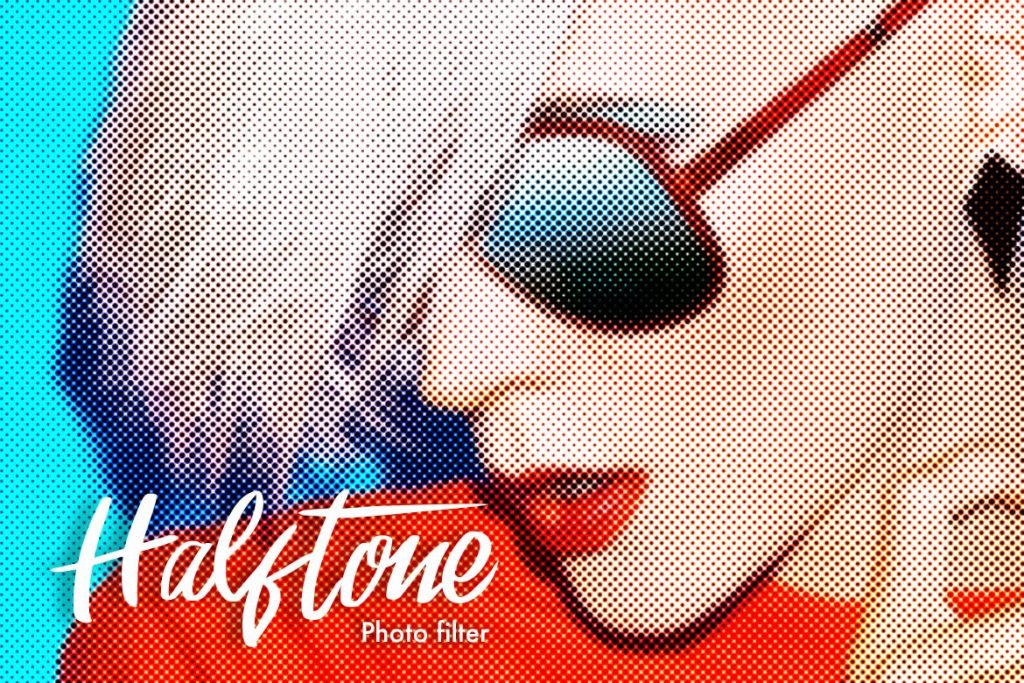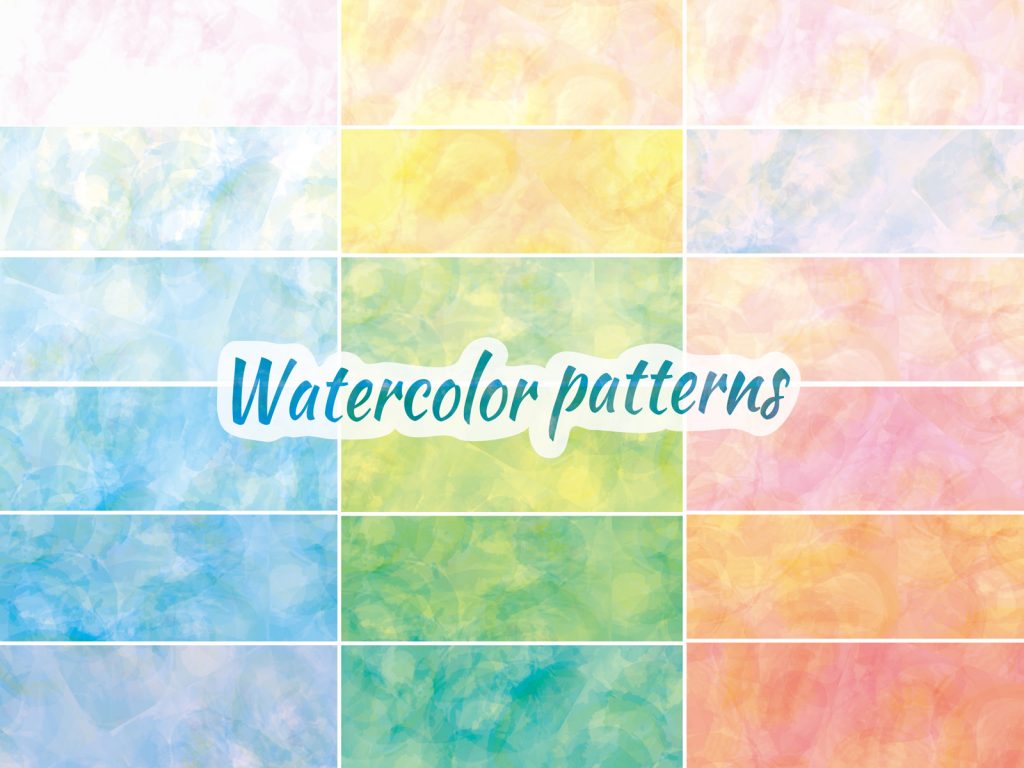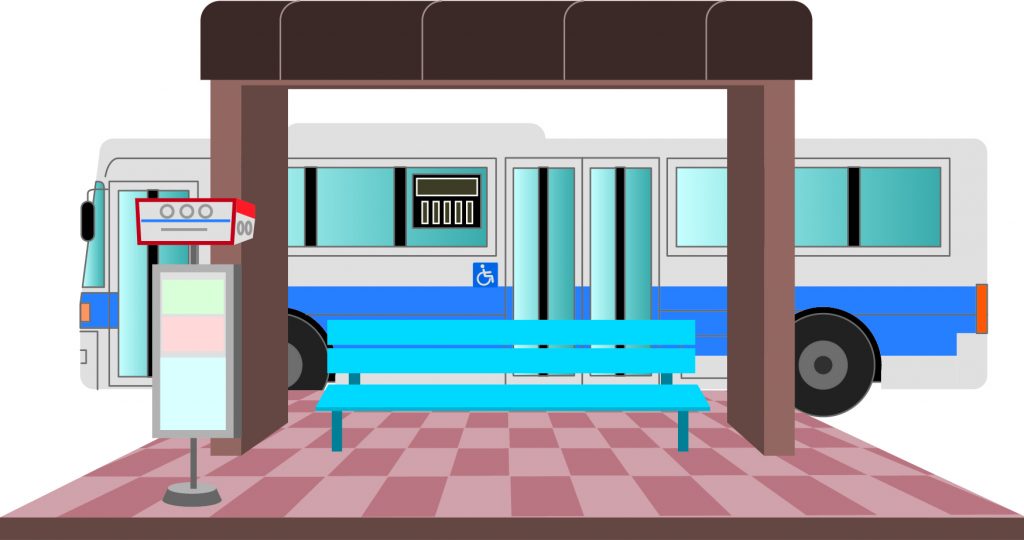A bus shelter is a covered space that can be arranged in a variety of ways to provide shelter to people waiting for the bus. A simple bus shelter may have a two-sided and back guard, as well as a roof over the head and benches. While bus shelters with more intricate designs constructed from various materials may be found. How to design bus stop ads is an important and vast topic that has a lot of benefits.
The following are some of them:
- The government can utilize bus stop ads to do a lot of public service advertisements to provide passengers with more life recommendations.
- Bus stop advertising can give passengers a lot of useful information.
- Bus shelter advertising or ad critter can play a significant role in promoting urban development projects.
Bus stop ads example
According to statistics, how to design bus stop ads, placing an ad on a bus shelter generates a lot of impressions at a low cost per thousand. Companies use reputable advertising agencies to develop engaging bus stop ads for them because of the high visibility and inexpensive public ad cost. Bus shelter advertisements are wonderful since they work for you 24 hours a day, 7 days a week. They also get a lot of exposure because vehicles, pedestrians, and bus riders all see them. Another advantage is that you can target a specific section of the city if you’re a local business owner.
It’s undoubtedly one of the greatest, if not the best, ways to reach out to local customers. Today, we’ll look at twenty of the most innovative and imaginative bus stop advertisements that have gotten people talking about how to design bus stop ads. For your watching enjoyment, we did our best to select just the most imaginative and self-explanatory advertisements that will help you understand how to design bus stop ads. So get a cup of coffee and sit back and relax! how to design bus stop ads
What’s your target audience?
Your target audience is a group of people who will be the focus of your sales and marketing efforts. Those folks may share some of your preferences—after all, they’re interested in your goods—but you shouldn’t assume they share your likes, dislikes, or actions. Some of your current clients will undoubtedly fall into that category, but any target audience should provide a viable potential to grow beyond that base. Pot-plant-obsessed twentysomethings, frantic new parents, or well-dressed seniors could be your target audience. Demographics and psychographics will be used to segment the group you identify before you figure out how to design bus stop ads.
Your target audience may or may not be the same as your current customers, but they’re a good spot to start your research. Addresses can aid in geographical classification, while repeat purchasers can assist you to determine your target market. Look for patterns in your data and successful rival strategies, and then ask yourself who their customers are and how they sell to them. If you haven’t yet built a consumer base, competitor knowledge will be especially valuable. Establishing their sales trends, as well as considering your product and the processes required to enter an international market, can assist you in making another crucial decision: local or global focus? how to design bus stop ads
It’s time to assess the impact of your results after you’ve made sure they’ve been applied to how to design bus stop ads. Were you correct in your estimations about your target audience? Are you using the appropriate tone when you speak to them? Small, continuous changes to your plan could provide enormous results. It’s also a good idea to keep an eye on your target demographic. Your business and goods will evolve as technology advances and social shifts. You’ll fall behind forward-thinking competitors if you rely on ten-year-old data for how to design bus stop ads, and if you don’t continuously survey your market, your target audience will leave you behind.
What is working for your competition?
After you’ve got a solid sense of who your competitors are, you’ll want to dig deeper into what they’re doing. Researching your competitors and interacting with their websites and social media can teach you a lot about bus shelter advertising. To begin, go to their website. Take a look around and notice what makes their website different from yours. When doing this, try to keep a consumer’s perspective in mind and remain objective about how to design bus stop ads. Examine their website’s design. Is it simple to use? Does their website inspire people to have faith in them? Is the quality of their product photos better?
What kind of product descriptions do they have? Is there anything special planned for holidays such as Christmas, Mother’s Day, or Valentine’s Day? Try to figure out how they’re trying to reach out to their intended audience. Take a peek at the design of their website. Is it adaptable? What is their style on how to design bus stop ads? Consider how their appearance and feel differ from yours. You should also take a look at their site from an SEO standpoint. How? So, try to figure out what keywords they’re employing all across their site. Are you utilizing keywords that are similar to mine?
What about titles while designing how to design bus stop ads? This will provide you with information about their SEO approach and goals. Taking note of all of these details, whether favorable or negative, can motivate you to make changes and help you develop your brand personality to differentiate yourself. Next, check to see if they have a blog and how frequently they update it.
You can be sure that their blogs are driving visitors to their website if they write regularly. Google prefers new information, and blogs are an excellent method to boost your search engine rating. Company blogs can also reveal which items are being promoted more heavily than others, as well as who their target audience is and how they approach them. how to design bus stop ads
Are they employing calls-to-action or contests on their blog to get visitors into their conversion funnels? Is there a newsletter you can sign up for as well? Analyzing your competition is a great method to get you thinking about your product and customer experience. At the end of the day, when investigating your competitors, it’s critical to retain an open mind. When examining your competition and your online store, try to be as neutral as possible. If you do it right and make the appropriate improvements, all of your hard work will pay off for how to design bus stop ads!
Choose similar illustrations
Your branding is the way you advertise your company by using a unique and distinctive design. Branding encompasses your company’s entire look and feels with a bus shelter poster. It communicates to the customer your ideals and company culture. To begin building your brand, you must first define it—its mission, values, target audience, and aesthetic. This identity must be consistent across all extensions of your brand, whether that is its online presence, services, or packaging for how to design bus stop ads.
This entails focusing on your brand logo, color palette, and font selection. It entails defining every interaction your business has with a customer with the help of a style guide. When it comes to packing, this usually refers to how a customer gets a product once it has been delivered to their residence. Will they find a tissue-wrapped gift filled with eco-friendly glitter when they open the outer protective packaging?
Or maybe you’d rather keep things simple and just use a promo code. It’s nice to show off your humanistic side with individual touches in stop advertisements designed as a small business before you finalize how to design bus stop ads. how to design bus stop ads
But first, let’s go over the many sorts of bus bench advertising you’ll need to think about. The visuals you chose for your bus stop ad can be reused throughout your other branded pieces, reinforcing your brand’s identity in the eyes of customers. This fantastic design demonstrates how your branding can be carried throughout your entire line with just a few design tweaks.
Raster Graphics vs. Vector Graphics
The resolution, quantity of detail, and application of vector and raster graphics are all different. Whether you’re a rookie designer, a seasoned pro, or a marketer looking to hire a designer, it’s critical to understand the subtle differences between them and when to use each. Depending on the project, both raster and vector images offer advantages and disadvantages.
Any computer-graphic made up of pixels arranged on a static grid is referred to as a raster image. A pixel is a solid-color square created by combining red, green, and blue light (also known as subpixels). on the other hand, a vector image is a computer visual made out of mathematically computed paths that can be scaled indefinitely. Vectors are geometric shapes that can be extended or curved to fit the situation.
Both raster and vector images have perks and some limitations, which are listed below.
- Because of the amount of color information they can carry, raster pictures are great for showing the intricacies of color gradients and shading.
- The mathematical components of how a vector is constructed allow you to produce precise lines and flawless curves and clean designs.
- Vector images may be scaled to any size without sacrificing quality.
Aside from the advantages, both vector and raster files have some drawbacks. The following are some of the limitations of vector and raster images:
- Because of the amount of pixel and color information in the image, isolating specific sections of the image can be difficult.
- The scalability of raster images is limited.
- Complex color gradients, textures, and shading are not visible in vectors.
Using Halftones and Gradients
Gradients, also known as color transitions, are a progressive shift from one color to another (or if you’re feeling extra colorful, from one color to another color to another color—gradients don’t have to be two shades) in how to design bus stop ads. Gradients can merge or transition similar colors (for example, different shades of blue or a light orange to a dark red) or wholly distinct or contrasting colors (for example, different shades of blue or a light orange to a dark red) (like purple and red or blue and yellow).
What’s the secret to using gradients as a backdrop element in how to design bus stop ads? Check to see if it goes with your brand on bus stop posters and bus stop adverts. Something bold and audacious (like a neon gradient photo overlay or a loud color palette) will hit the mark if you’re developing packaging for an in-your-face new product targeted at extreme sports fanatics. A single color gradient or a palette that utilizes pastel shades is generally a better idea if you’re trying for a more delicate and subtle feel—say, let’s for a new face wash.




Choose similar colors
The color comes next in how to design bus stop ads. People, including potential customers, have psychological ties to different colors, and strategically using branding colors and logo colors can have a significant impact on how your brand is perceived by your target audience. There is, of course, no one right way to choose your branding color scheme. It’s difficult and risky to apply hard and fast rules when dealing with abstract concepts like brand identity in how to design bus stop ads. Choosing similar colors for your whole branding is important for your brand identity.


Choose similar transparent backgrounds
Transparent background with a similar style is a basic and timeless option for how to design bus stop ads. However, when used effectively, full-body backgrounds in bus stop advertisements (such as a gradient, entire image, or solid block of color) can have a big impact. To guarantee that the image does not distract from your material, make sure it isn’t too bright or has any dark patches. You want to make sure that your users can quickly and easily understand what your company is all about.
Choose similar typography
The typeface (or type) you chose for your branding materials is referred to as typography. It’s very crucial to pick the right logo and brand fonts. Typography is of the following categories:
- Serif typefaces (such as Times New Roman or Garamond) feature an anchor (or, to some, small feet) at the end of each letter. If you want your business to appear trustworthy, conventional, and a little old school, use this classic typography.
- Sans serif fonts (such as Helvetica or Franklin Gothic) are letters that do not have the anchor or “foot” that serif fonts do. Sans serif typefaces give brands a more sleek, modern look.
- Script typography is designed to seem like cursive handwriting. These fonts (like Allura or Pacifico) might help you give your brand a more opulent or feminine feel.
- Display fonts are on another level altogether. Every display typeface has a unique feature, such as a unique letter form, outlines, shadowing, or a more artistic/hand-drawn edge (think Metallica’s lightening bolt font). Want to make a dramatic statement and establish a memorable brand identity? It’s a terrific method to accomplish it using a display font.
Choose your typefaces intelligently in how to design bus stop ads because the typography you use will say a lot about your brand.


Conclusion
According to statistics, posting a bus shelter ad or bus stop ads at cool bus stops, famous bus stops, and innovative bus shelters results in high impressions at a low CPM. Companies recognize and capitalize on this. Companies hire good advertising agencies to create engaging bus stop advertisements for them because of the high visibility and low public ad cost.
What’s great about bus shelter ads is that they work for you 24 hours a day, seven days a week. They are also highly visible, as drivers, pedestrians, and bus riders all see your advertisements. Another advantage is that if you are a local business owner, you can target a specific area of the city with how to design bus stop ads. It’s probably one of, if not the, best ways to reach out to local consumers.








